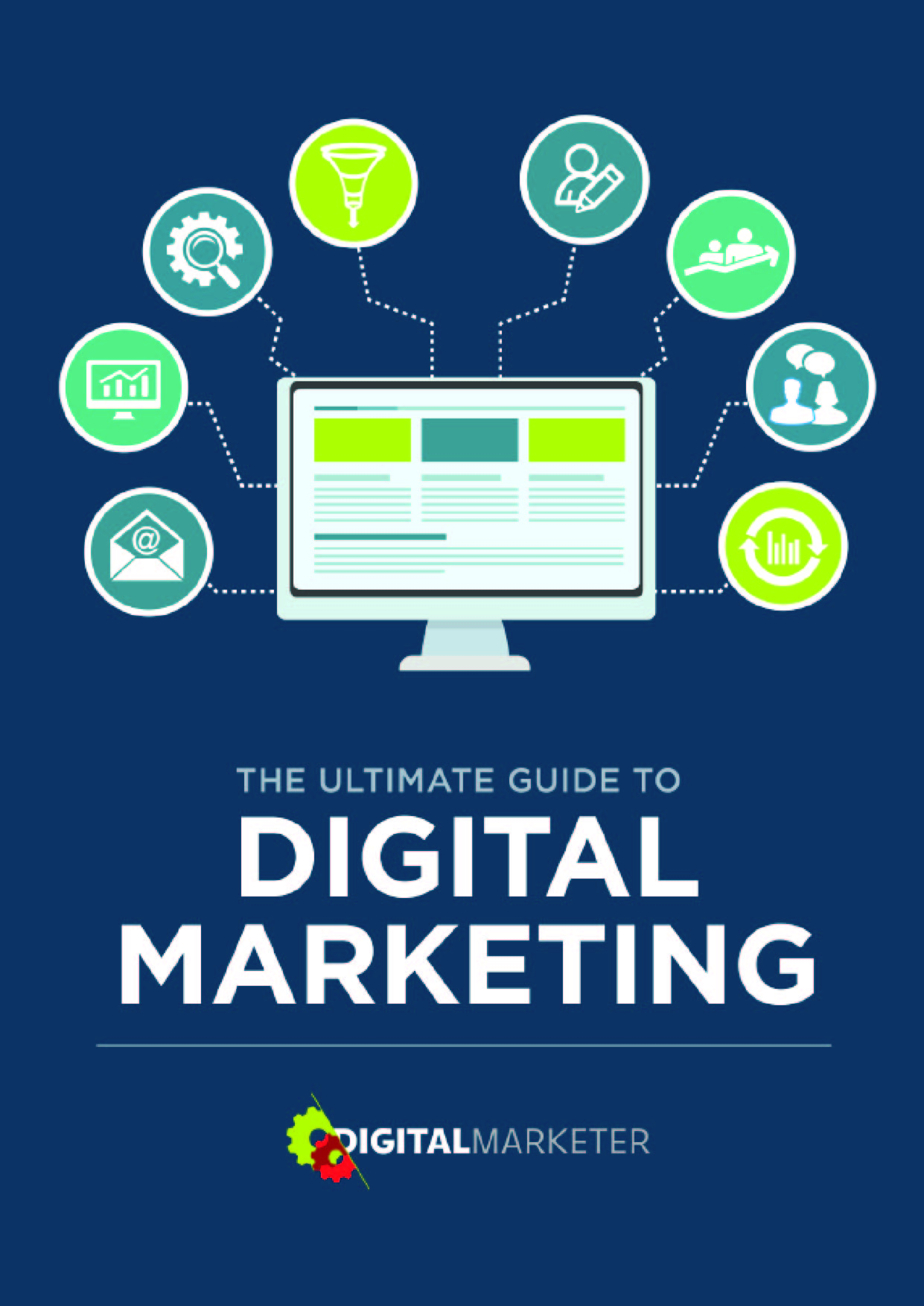YOU CAN’T GET MORE PARALLEL than railroad tracks.
Cornelius Vanderbilt became famous as a railroad tycoon, but he built his first fortune in shipping. He owned both shipping and railroad companies until the age of 70, when he sold his last ship and focused solely on railroads.
Born poor, he quit school at age 11 and became the wealthiest person in all of American history. His fortune in today’s money would be over $220 billion dollars. That’s more than Bill Gates, Mark Zuckerberg, and Warren Buffett combined.
His first business was a ferry service between Manhattan and Staten Island, where he was born. It was while sailing in the waters around New York in the early 1800s that he earned the nickname “The Commodore,” which stuck with him throughout his life.
Vanderbilt quickly found additional income streams. He entered the goods trade with his father, and worked as a captain for another entrepreneur in the ferry business who taught him how to run a complex business and fight in the courts to expand his market.
For a decade, he worked a day job as a ship captain while building his own side businesses. Finally, at age 35, he went full-time into his side projects. The scope of those side projects, now his sole focus, would expand enormously.
Vanderbilt noticed that ferries and steamboats were just one piece of a larger freighting ecosystem. The booming cotton economy drove expansion of rail lines between the Southern states and New England, where his ships connected to railroads at ports all along the Eastern Seaboard.
Seizing this opportunity, Vanderbilt began to take over the railroads too. The railroad business led to other opportunities that didn’t exist at sea: real estate. He bought large tracts of land in Manhattan and Staten Island to protect and expand his railroads, further increasing his influence and wealth. He bought shipyards and passenger steamboats, and consolidated his railroad companies into the first giant corporation in America.
Vanderbilt was an extraordinary parallel entrepreneur, one of many whom we will study in this book.
Indeed, parallel entrepreneurship is nothing new. Among internet entrepreneurs today, parallel entrepreneurship is discussed at conferences, on podcasts, and in many other business books. It’s most commonly referred to as “side hustling.” Google that and you’ll see there’s already a lot of people talking about it.
The unique thing about parallel entrepreneurship today is that it’s easier than ever to do it online, and you don’t need to stick with traditional side businesses like real estate investing, consulting, and producing online courses. You can have an e-commerce business on the side. You can even have a modern software subscription business (a.k.a. “SaaS business”) as a side hustle. In fact, you can build not just one internet business but multiple internet businesses while still keeping your day job.
The main difference between you today and Vanderbilt 200 years ago is that you don’t need to be rich to build a software company. You don’t need a huge team, massive servers, and a Ph.D. in computer science to become a software tycoon. You can do it all from your couch with a bowl of popcorn and your favorite Spotify station playing in the background.










